Herbal medicine has accompanied humanity since ancient times, but few regions can boast a tradition as diverse and vibrant as that of North America’s medicinal plants.
In this vast region, the use of medicinal herbs was developed through the deep knowledge of Indigenous communities, who observed and learned from nature over centuries. With the arrival of European colonists, that ancestral wisdom met new practices and traditions, giving rise to a unique botanical heritage.
Today, North America preserves an exceptional herbal tradition that blends medicinal, culinary, and spiritual uses with scientific advancements in remarkable ways.
This post offers an in-depth look at the most iconic medicinal plants and spices of North America, examining their history, uses, symbolism, and modern-day market relevance.
History and Evolution
The use of medicinal plants in North America cannot be seen as a single, uniform phenomenon. It is the result of a rich blend of cultures, geographies, and periods, from ancient Indigenous peoples to contemporary herbalist movements.
Over the centuries, the botanical traditions of native cultures, combined with contributions from Europe and Africa and modern scientific developments, have merged into a living, complex, and deeply rooted heritage across the continent.
Ancestral Knowledge and Cultural Diversity
Long before European contact, Indigenous communities throughout the continent—from the Navajo and Cherokee in the north to the Maya and Aztecs in the south—had developed a profound understanding of their natural environment. Each group maintained its herbal system, tailored to its territory, climate, and worldview.
In Mesoamerica, cultures like the Mexica (Aztecs) and Maya left important written records about the medicinal use of plants, such as the Codex de la Cruz-Badiano (1552). This manuscript, considered one of the earliest texts on herbal medicine in the Americas, was written in Nahuatl and translated into Latin for presentation to the Spanish Crown.
In Caribbean and Central American regions such as the Dominican Republic, Nicaragua, and Haiti, herbal traditions blended Indigenous, African, and European knowledge, creating eclectic practices still in use today.
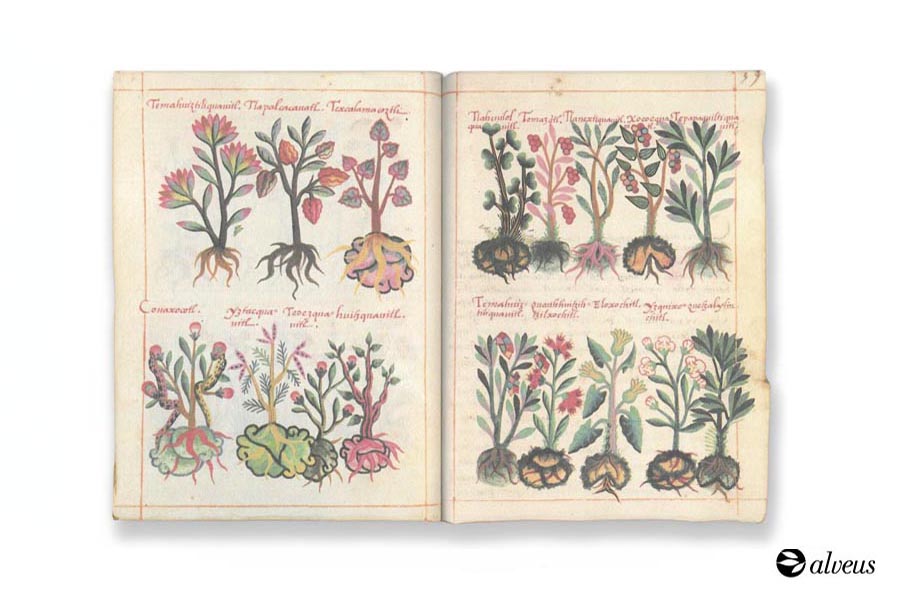
Shamanism
Among many North American Indigenous cultures, medicine was inseparable from spirituality, and the shaman or healer was a central figure.
Shamans and healers acted as guides and guardians of balance, using plants not only for their physical effects but also for their symbolic and energetic power. Therapeutic effects were often combined with rituals, chants, or ceremonies.
European Colonisation and Knowledge Exchange
The arrival of European colonists brought an encounter between two worldviews of nature. Europeans began documenting the properties of many native species while introducing their herbs, methods, and medical theories. This exchange gave rise to a hybrid herbal tradition that gradually took shape.
During the 18th and 19th centuries, many medicinal plants native to the Americas—such as echinacea, slippery elm, and witch hazel—were incorporated into the official pharmacopoeias of both the United States and Europe. Their effectiveness was documented, and they began to be cultivated commercially.
Samuel Thomson’s System and Eclectic Medicine
In the early 19th century, Samuel Thomson, a self-taught herbalist from New England, developed a medical system based almost entirely on North American medicinal plants and folk principles.
He rejected official medical practices and promoted more natural and accessible methods. His approach had a massive impact, especially among rural populations.
By the mid-19th century, the Eclectic movement emerged. It incorporated traditional knowledge, native plants, and clinical observation into a more scientific framework.
Eclectic physicians believed in the healing power of plants but also advocated for rigorous study. They established schools, published medical texts, and played a key role in the development of modern herbalism in North America.
20th Century and Today: North American Herbal Medicine
With the rise of modern medicine and the industrialisation of pharmaceuticals, many herbal practices were pushed to the margins, especially in the U.S. and Canada.
However, from the 1960s and 1970s onward, movements like naturism and counterculture revived interest in medicinal plants.
Since the approval of more flexible legislation in the 1990s, the herbal product market has grown exponentially.
At the same time, initiatives have emerged to raise quality standards and combat product adulteration, led by organisations like the American Botanical Council.
There’s also growing interest in ethical cultivation practices and the conservation of native species, often in collaboration with Indigenous communities.
Today, North American medicinal plants play a prominent role in natural health, integrating into gastronomy, cosmetics, and daily wellness, reflecting a balance of tradition, innovation, and environmental awareness.
Medicinal Plants and Spices of North America
Below, we explore some of the most notable North American plants, herbs, and spices, highlighting their traditional uses, the properties that have earned them fame, and their importance in the modern world.
Echinacea (Echinacea spp.)
A North American medicinal plant known for its immune-boosting effects. Today, it’s a key ingredient in teas and dietary supplements designed to strengthen the immune system, especially during the cold season.
Echinacea was used by tribes like the Sioux to treat infections, bites, and even toothaches. In the 1930s, it outsold penicillin in the United States.
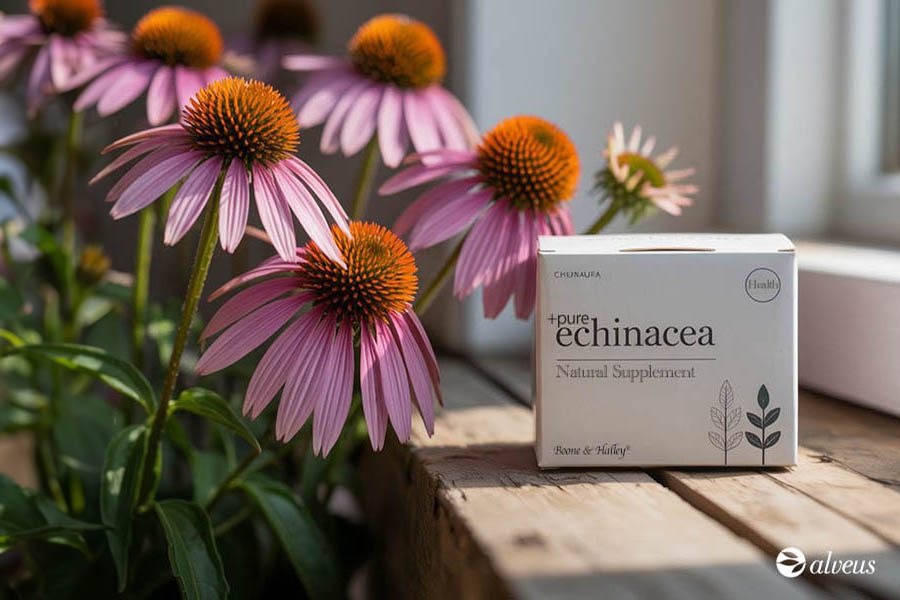
Cayenne Pepper (Capsicum frutescens)
This spicy American seasoning is believed to aid digestion, improve circulation, and add warmth to energising herbal blends.
Native to Mesoamerica, cayenne pepper was considered sacred by the Maya. Its name comes from a coastal city in French Guiana.
Witch Hazel (Hamamelis virginiana)
A herb valued for its astringent and anti-inflammatory properties.
Traditionally, its leaves and bark were brewed into teas to treat inflammation and bleeding, and were also part of emotional “cleansing” rituals. Today, witch hazel remains a popular ingredient in natural tonics and infusions.
Avocado (Persea americana)
Although best known for its fruit, its leaves and bark are also credited with medicinal properties in Mesoamerican traditional medicine.
Slippery Elm (Ulmus rubra)
Traditionally known for its emollient and anti-inflammatory properties.
Indigenous peoples of eastern North America, such as the Iroquois and Cherokee, used its bark to make salves for soothing wounds. Today, its mucilage is used in teas to ease sore throats and support digestion—a staple remedy in herbal medicine.
California Poppy (Eschscholzia californica)
A flower native to the American West, known for its calming and relaxing properties.
Commonly used as a natural sleep aid and to promote relaxation through evening infusions without side effects.
Evening Primrose (Oenothera biennis)
Its seeds yield an oil rich in essential fatty acids, but the whole plant is used in folk medicine to treat hormonal imbalances and skin conditions.
It’s widely found in dietary supplements and infusions aimed at supporting women’s wellness.
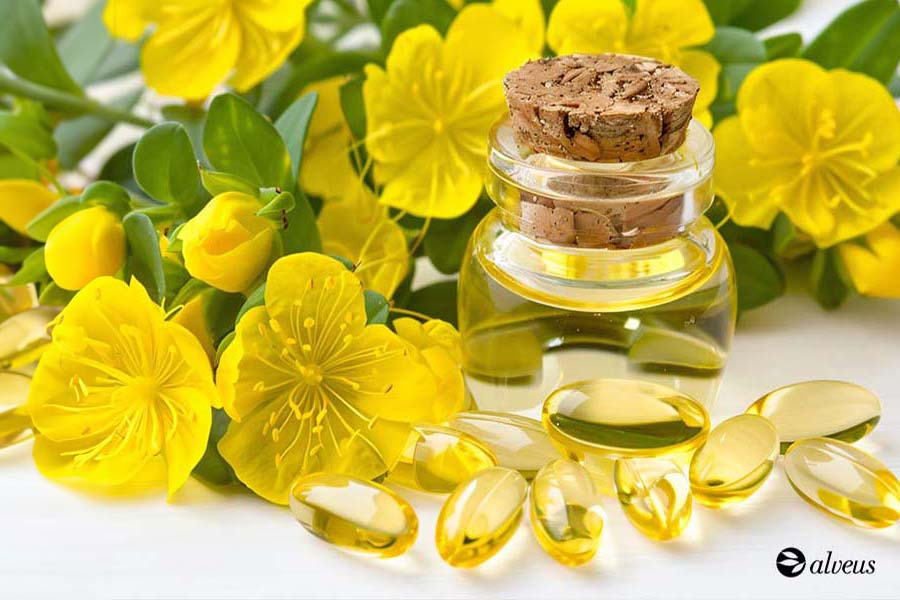
Science, Challenges, and Opportunities
In recent decades, North American medicinal plants have attracted growing scientific interest. Active compounds such as capsaicin (from cayenne), immunoactive polysaccharides (from echinacea), and tannins (from witch hazel) have been studied for their therapeutic potential.
This has fuelled a more mindful nutraceutical industry—one that seeks to combine tradition with evidence and adapt its products to modern consumer needs.
This rediscovery also brings major challenges. Increasing demand requires strict quality assurance, traceability, and respect for the cultural knowledge behind many of these plants. Overharvesting of native species or uncredited appropriation are real risks that must be addressed ethically and responsibly.
Conclusion
The medicinal plants of North America are far more than simple remedies—they reflect a deep relationship between people and the land. Their history weaves together Indigenous wisdom, cultural exchanges, spiritual practices, and scientific progress that continue to evolve today.
Over time, these plants have brought healing, guided rituals, and shaped complete medical systems. Though many were pushed aside with the rise of industrial medicine, they are now reemerging, supported by scientific validation, respect for ancestral knowledge, and renewed ecological awareness.
To recognise this richness is not only to honour a tradition, but to embrace a more holistic way of understanding health, nature, and our collective history.
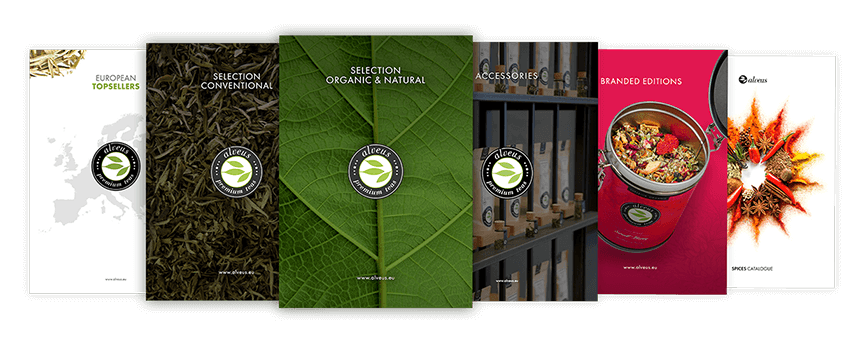


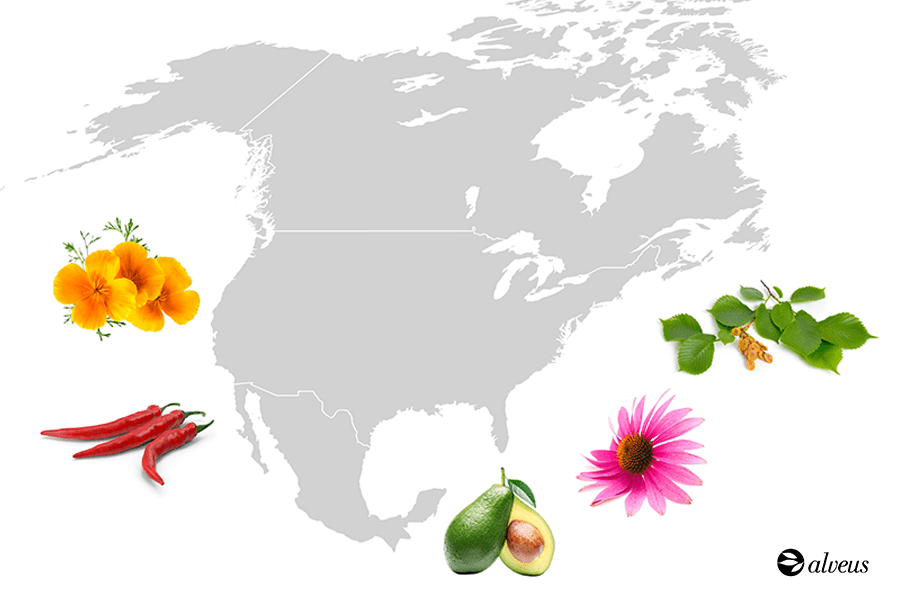

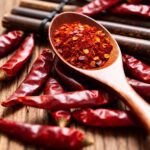



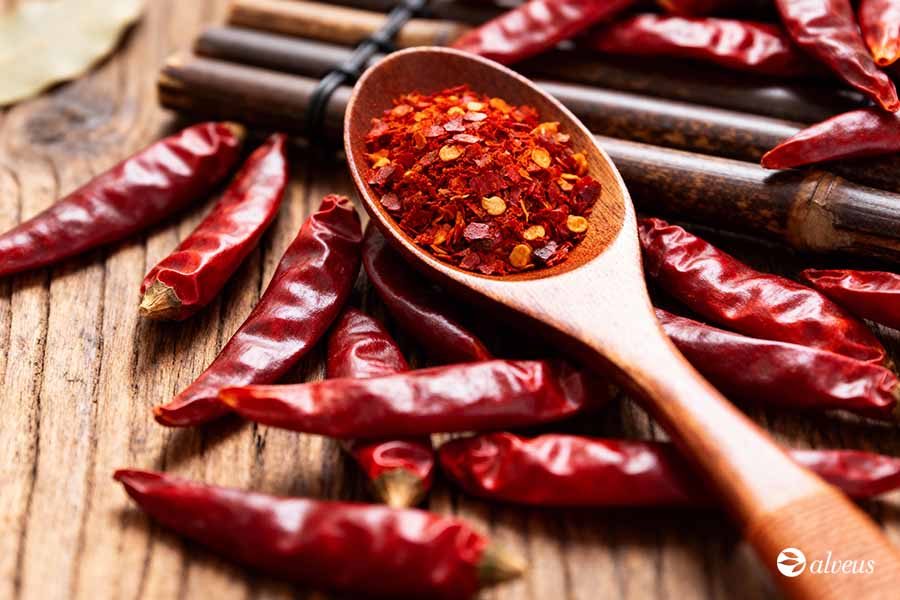

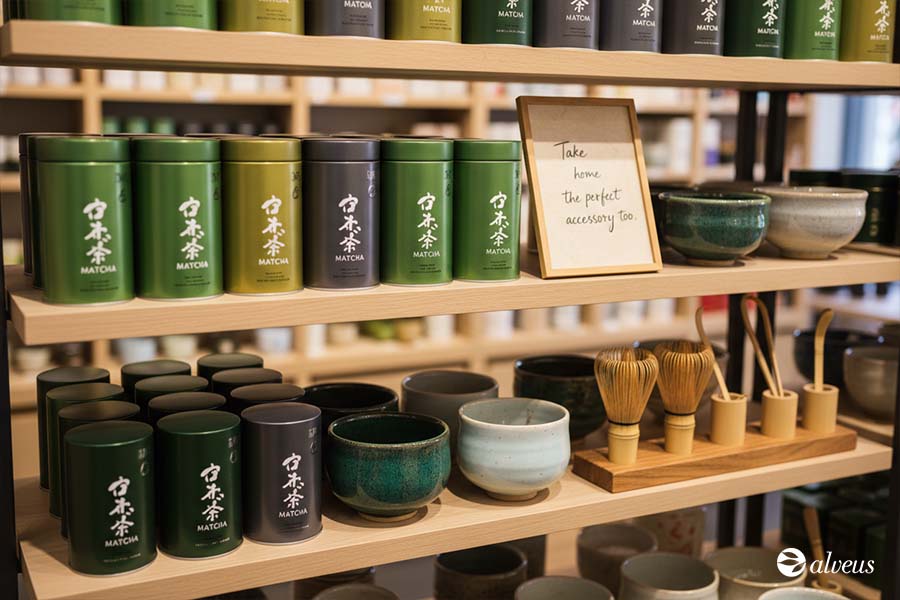
2 responses to “Medicinal Plants of North America: Tradition and Science”
I appreciate how this post ties traditional herbal knowledge to modern health consciousness. It would be interesting to see how these herbs are being incorporated into daily rituals today.
Lovely post! I enjoyed learning how tradition and science come together in these plants.